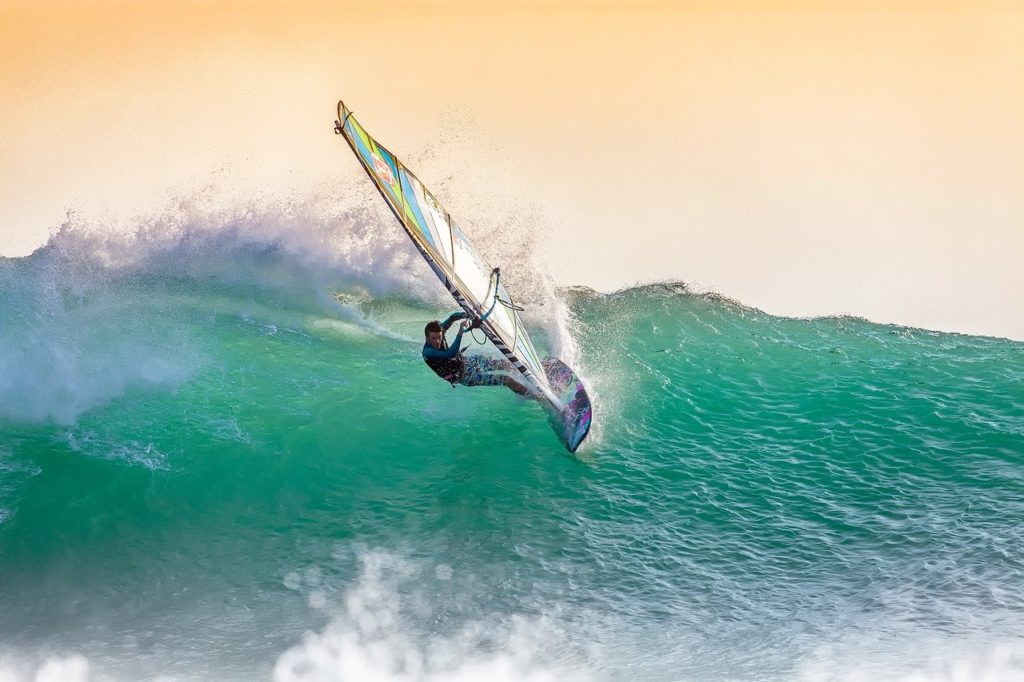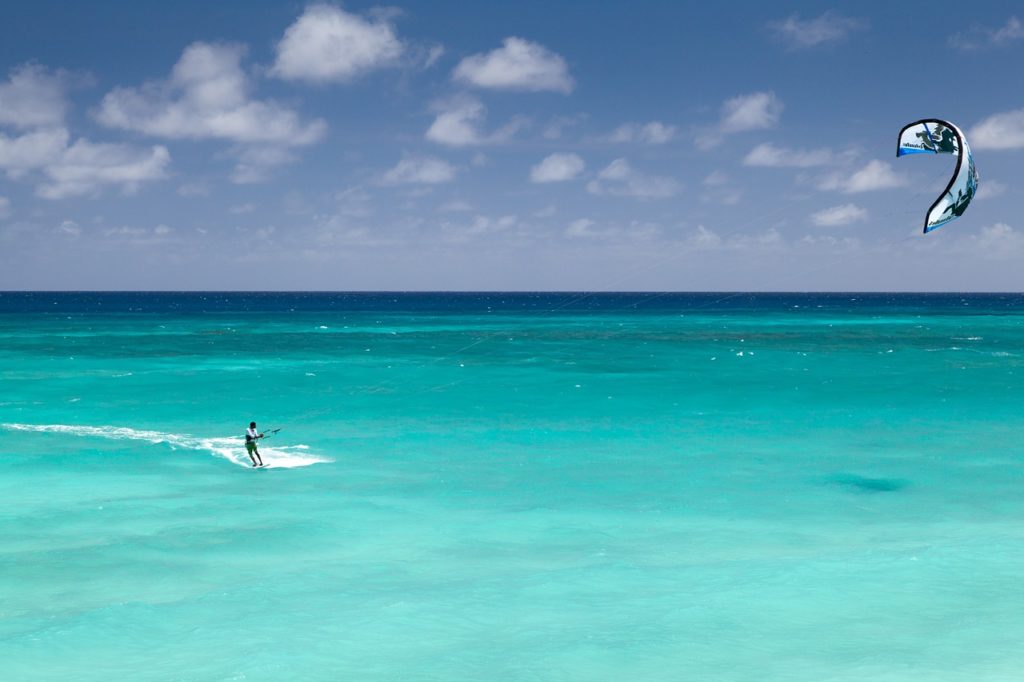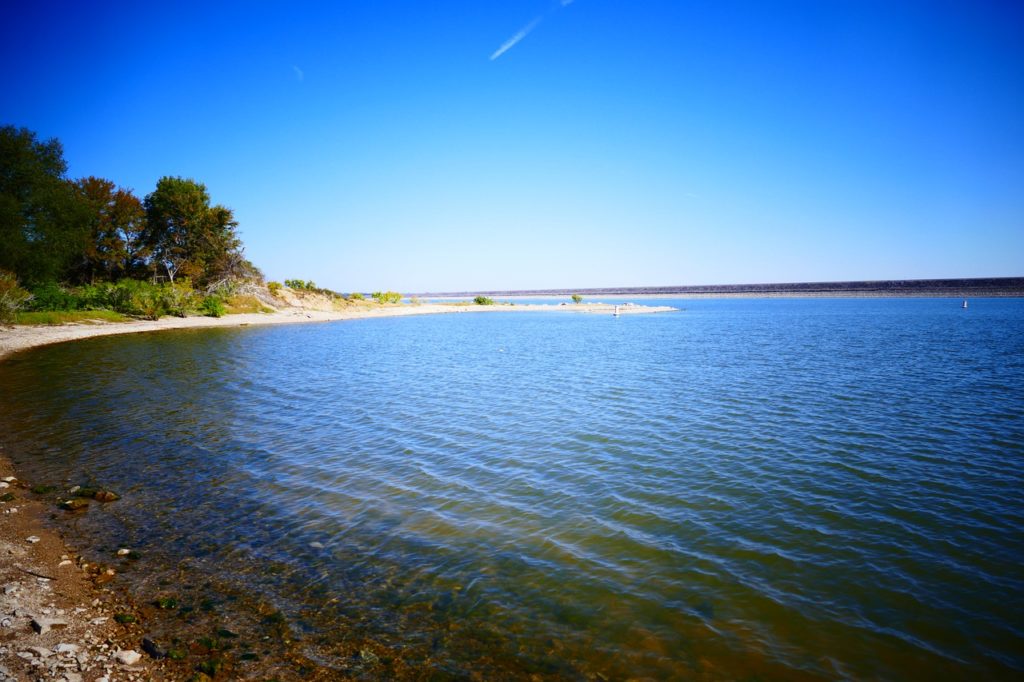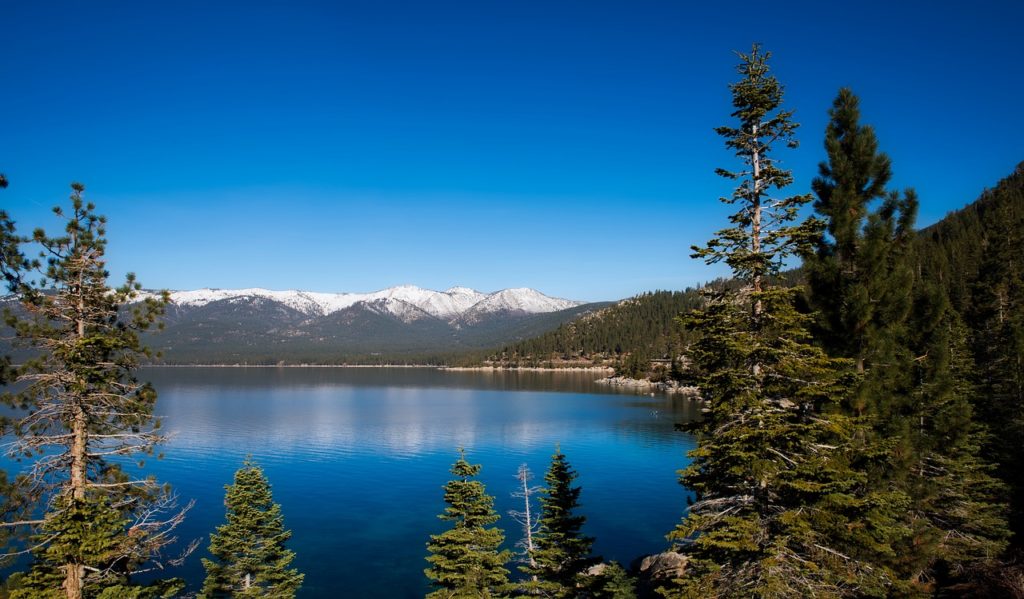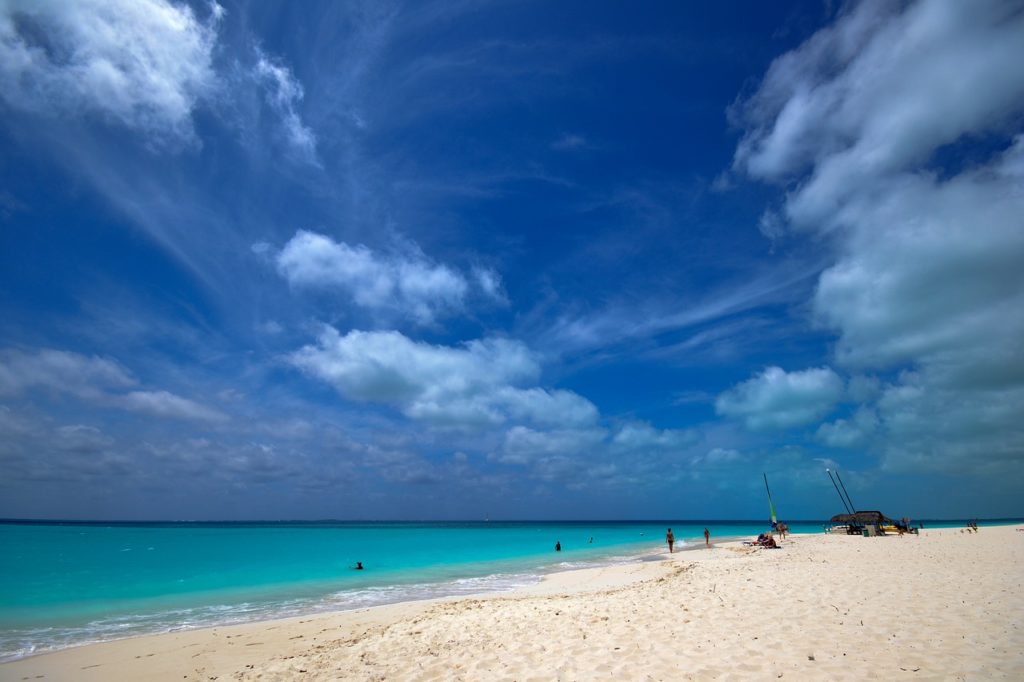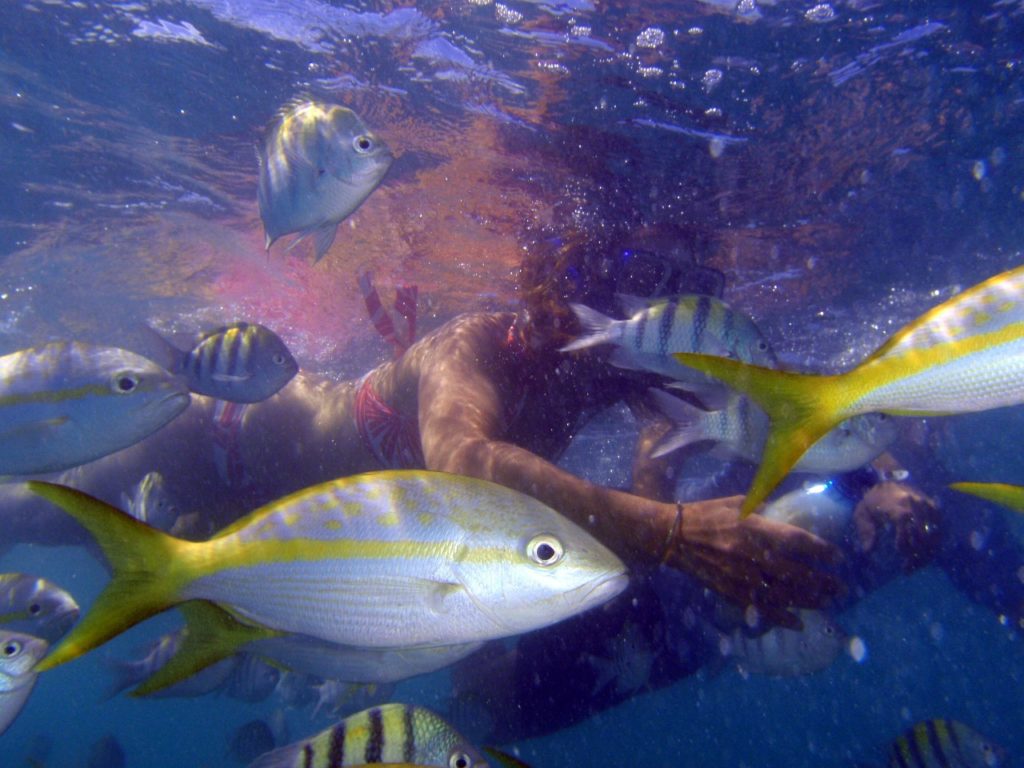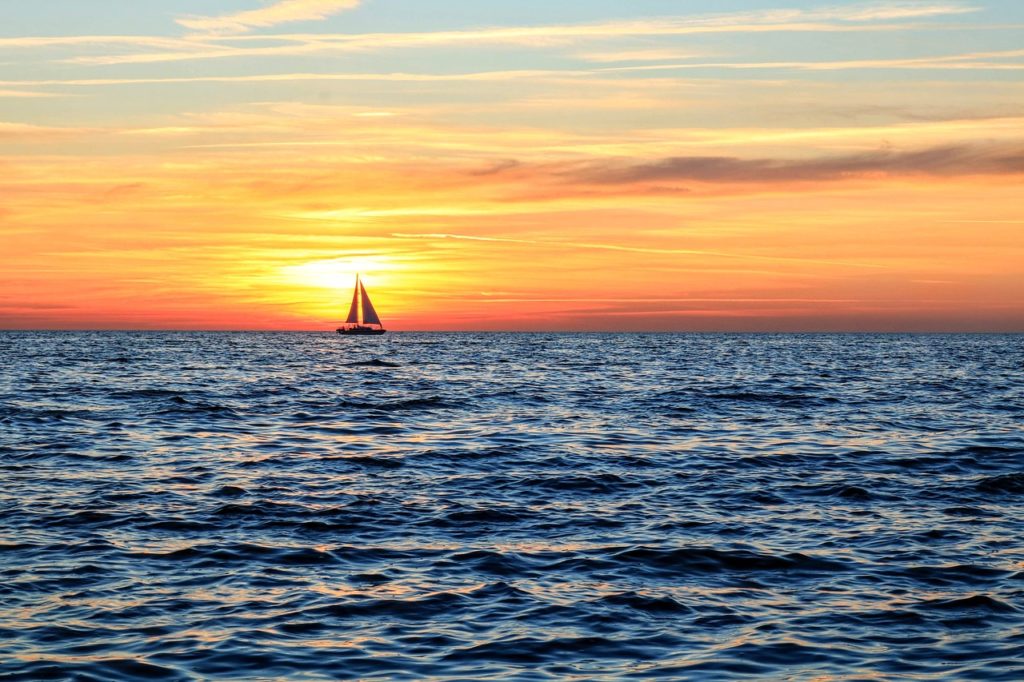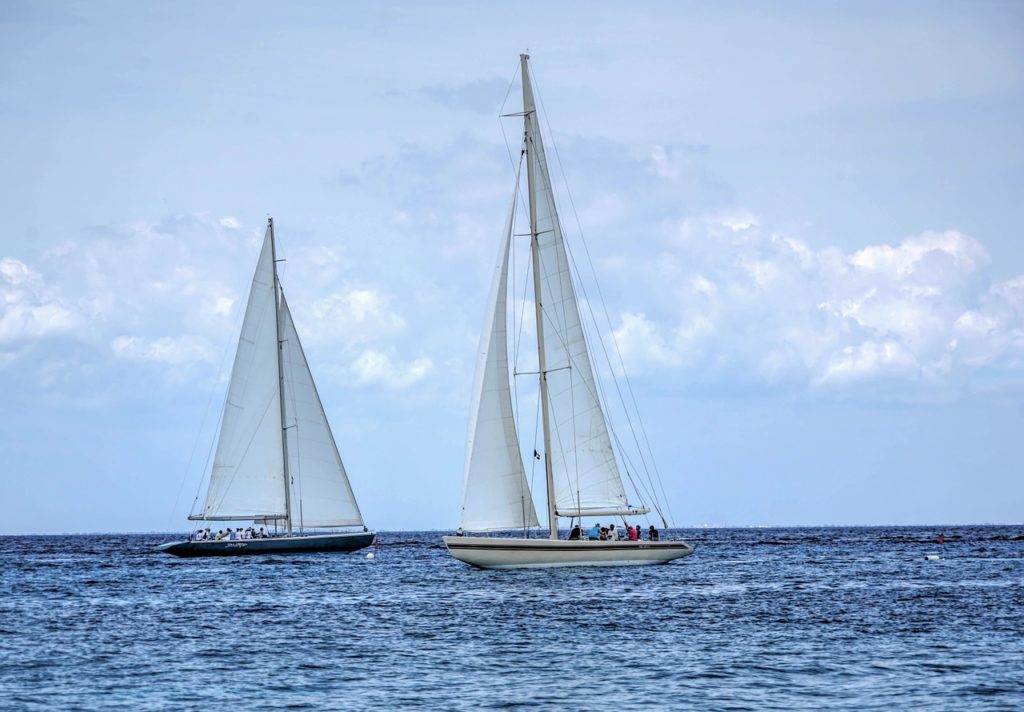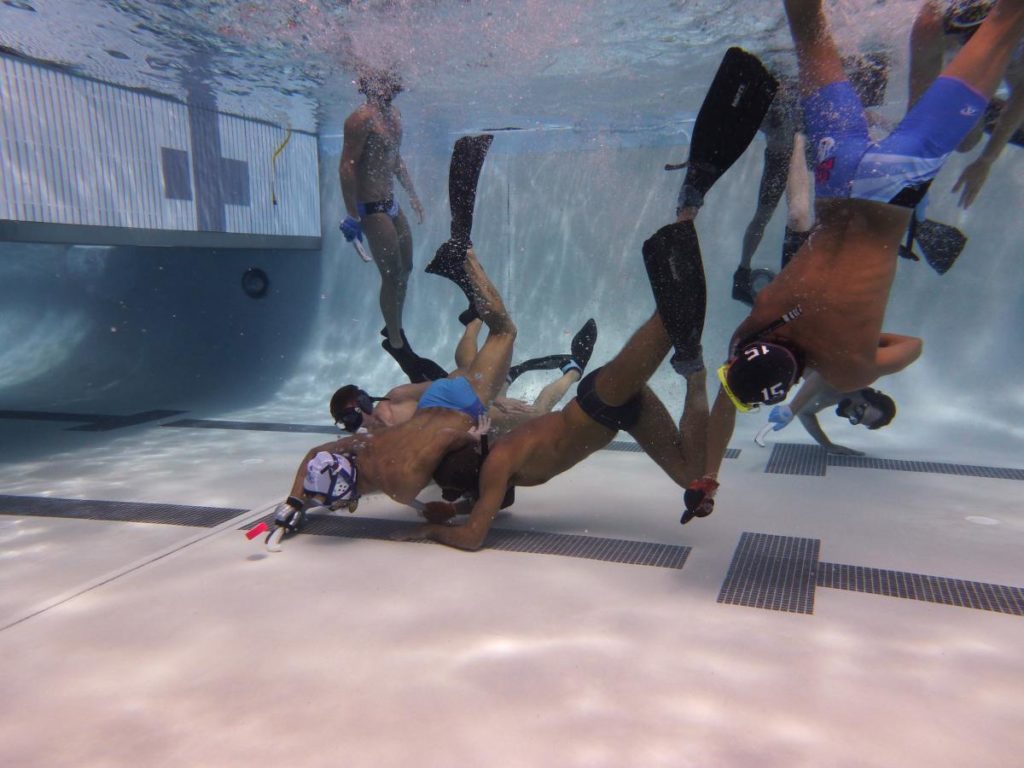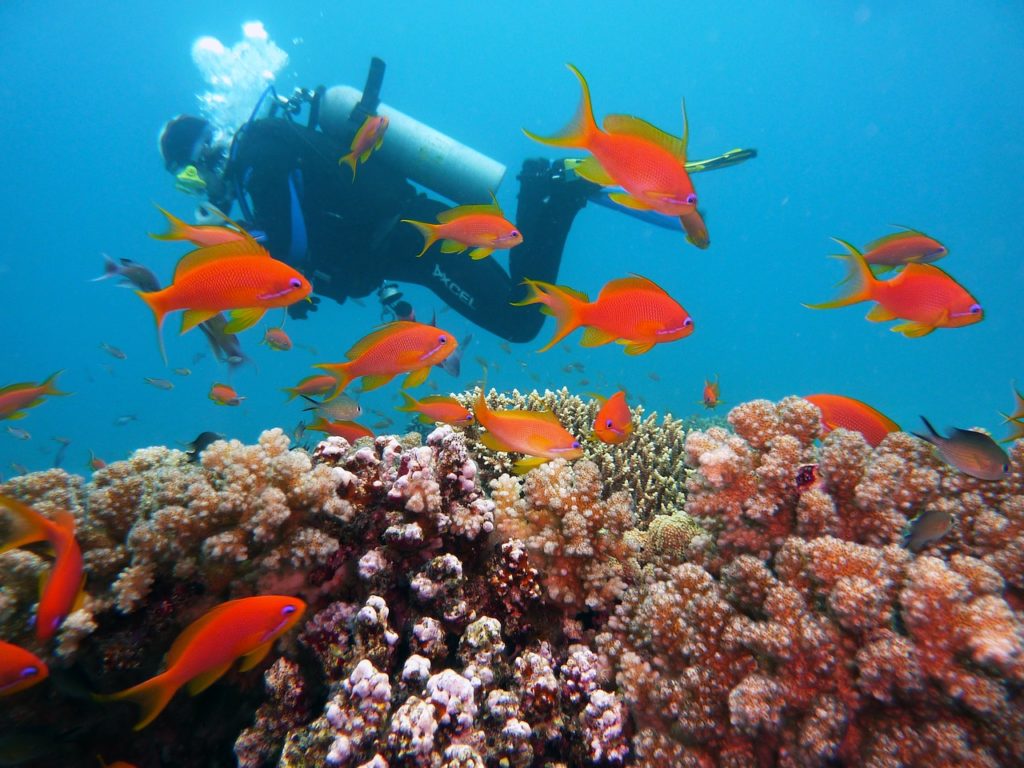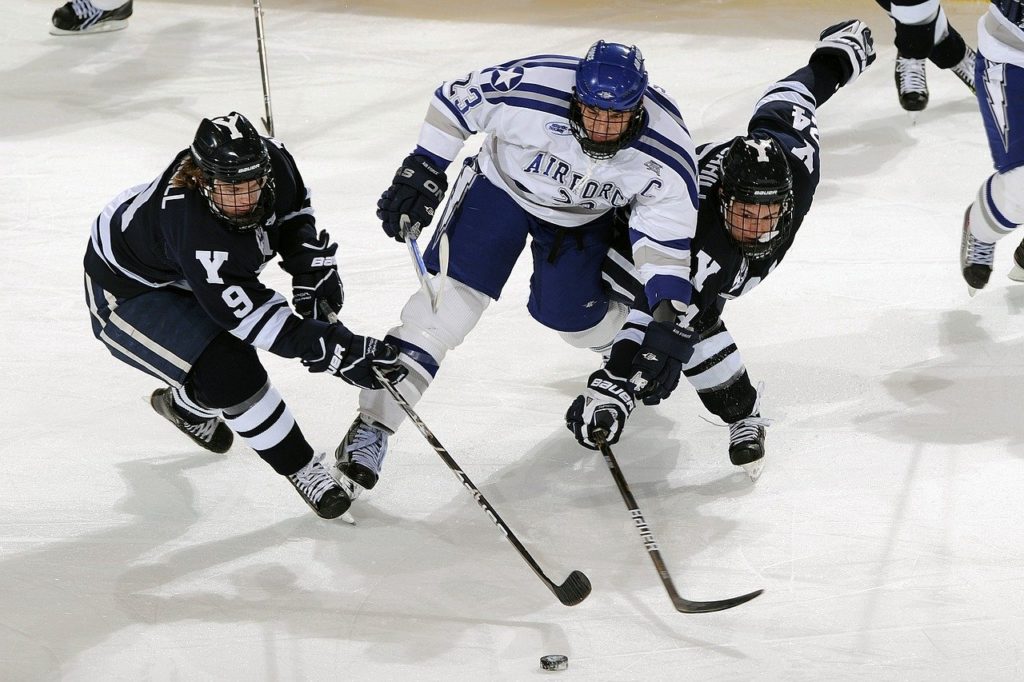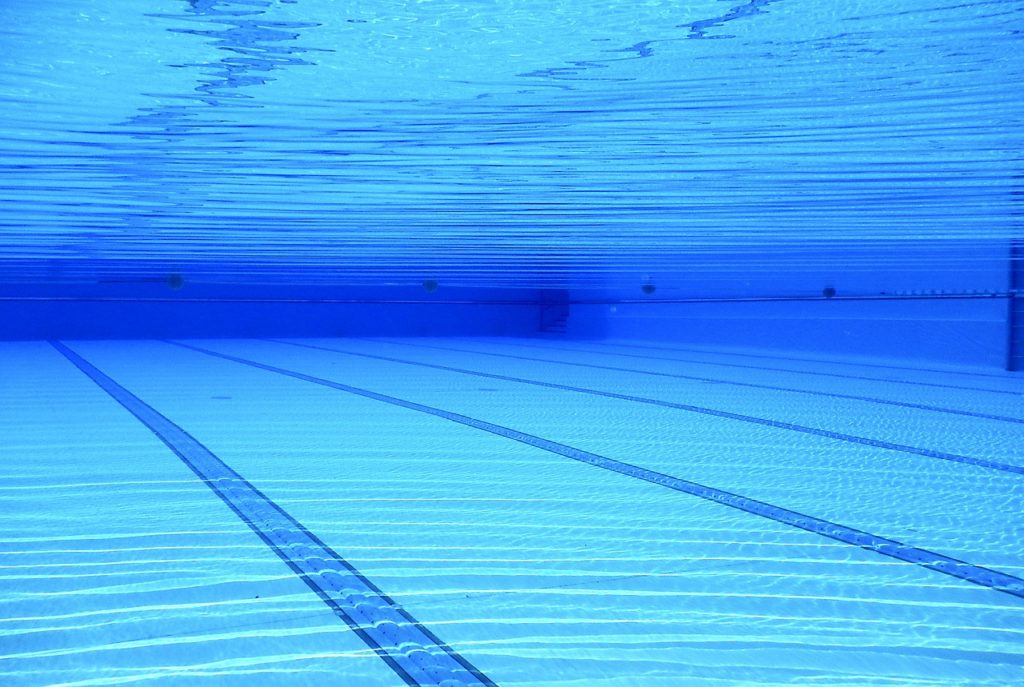August 20, 2023
Introduction
Water sports offer a thrilling way to embrace the beauty of aquatic environments while indulging in physical activity and excitement. From the depths of scuba diving to the exhilaration of jet skiing, each water sport offers a unique experience that caters to various preferences and skill levels. This article explores several popular water sports, their histories, gameplay, and where they are most enjoyed.
1. Scuba Diving
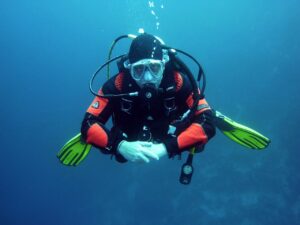
History: Scuba diving traces its roots to the mid-20th century when advancements in underwater technology allowed divers to explore the depths with self-contained breathing apparatuses (SCUBA). Early divers like Jacques Cousteau played a pivotal role in popularizing the sport.
Gameplay: Divers wear a wetsuit, mask, and fins while carrying a tank of compressed air. They explore underwater realms, encountering marine life, coral reefs, and shipwrecks.
Popularity: Scuba diving is enjoyed worldwide, with popular destinations including the Great Barrier Reef in Australia, the Red Sea in Egypt, and the Caribbean islands.
2. Surfing
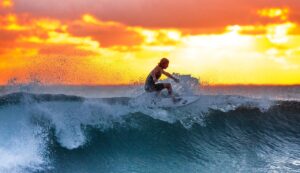
History: Surfing dates back to ancient Polynesian cultures, where it was a revered art form. It gained global popularity in the 20th century and evolved into a competitive sport.
Gameplay: Surfers ride waves using specially designed boards, riding the ocean’s energy to perform maneuvers and tricks.
Popularity: Iconic surfing spots include Hawaii’s North Shore, California’s Huntington Beach, and Indonesia’s Bali.
3. Snorkeling
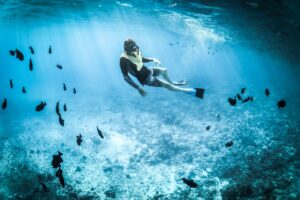
History: Snorkeling has ancient roots, with evidence of early cultures using hollow reeds to breathe while submerged. Its modern form gained popularity in the mid-20th century.
Gameplay: Snorkelers wear a mask, snorkel, and fins, floating at the water’s surface while observing marine life and underwater landscapes.
Popularity: Snorkeling is a favorite activity in tropical destinations such as the Maldives, the Caribbean, and the Great Barrier Reef.
4. Jet Skiing

History: The jet ski, or personal watercraft, was invented in the 1960s by Clayton Jacobson II. It gained commercial popularity in the 1980s.
Gameplay: Jet skiing involves riding a motorized watercraft on open water, performing maneuvers, jumps, and speed runs.
Popularity: Jet skiing is popular in coastal areas around the world, including Florida, the Mediterranean, and tropical islands.
5. Water Skiing
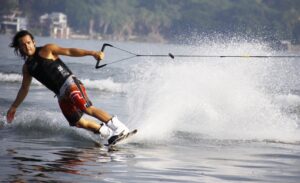
History: Water skiing originated in the early 20th century as an offshoot of snow skiing. Ralph Samuelson is credited with inventing the sport in 1922.
Gameplay: Water skiers are towed behind a boat, gliding on the water’s surface while holding onto a handle attached to a tow rope.
Popularity: Water skiing is enjoyed on lakes, rivers, and coastal areas globally, with hotspots in the United States, Australia, and Europe.
6. Kayaking
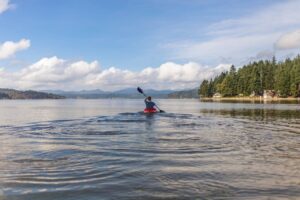
History: Indigenous cultures across the globe used kayaks for transportation and hunting. The sport gained recreational popularity in the 20th century.
Gameplay: Kayakers use paddle-driven boats to navigate water bodies, including calm rivers, whitewater rapids, and ocean surf.
Popularity: Popular kayaking destinations include Norway’s fjords, New Zealand’s rivers, and the Pacific Northwest in the United States.
Conclusion
Water sports offer a gateway to the aquatic world, each providing a unique way to connect with nature and embrace adventure. From the centuries-old art of surfing to the modern thrills of jet skiing, water sports cater to a wide range of interests and skill levels. Whether you’re seeking tranquility beneath the waves or the adrenaline rush of riding the surf, the world’s oceans, rivers, and lakes offer a playground for water sport enthusiasts to explore and enjoy.
